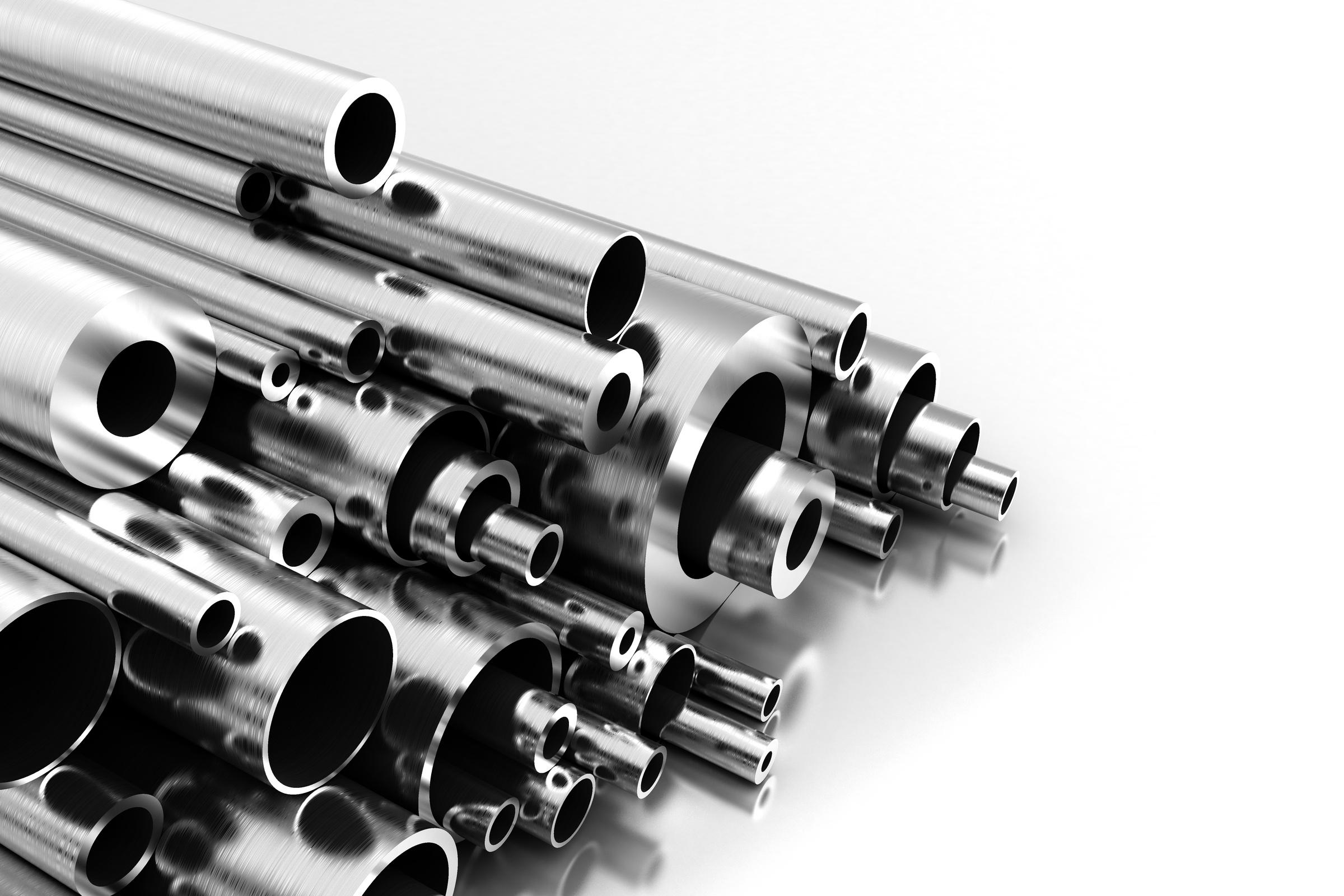




When it comes to purchasing steel, it's important to choose a reliable supplier that can provide you with the high-quality materials you need for your project. Here are some key factors to consider having Steel & Pipe for Africa, Cape Town as your steel supplier. First and foremost, it's important to look for a supplier with a proven track record of providing high-quality steel. This can be determined by researching the supplier's history, reading customer reviews, and asking for references. A supplier with a history of providing quality products is more likely to continue doing so in the future.
Another important factor to consider is the supplier's product range. A reputable supplier should be able to offer a wide range of steel products, including different grades, types, and sizes. This will ensure that you can find the right steel for your specific project needs. It's also important to work with a supplier who has a strong network of partners and suppliers. This will ensure that they can source steel from multiple locations, giving you more options and reducing the risk of stockouts.
In conclusion, choosing a reliable steel supplier is crucial for ensuring that your project is completed on time and on budget. By considering factors such as the supplier's track record, product range, delivery times, service and support, and prices, you can find a supplier who can provide you with the high-quality steel you need. Remember that a good supplier is not always the cheapest, but the one that can provide you with the best value for your money andalsomeetyourspecificneeds.


The steel industry has played a major role in shaping our modern world. From the buildings we work and live in, to the cars we drive and the appliances we use, steel is a crucial component in countless products that are a part of our daily lives. The steel industry has come a long way since the days of the Bessemer process, which revolutionised steel production in the 19th century by introducing mass production techniques. Today, the steel industry is a global enterprise that produces over 1.8 billion tons of steel annually.
One of the biggest ways in which the steel industry has changed our everyday lives is through the construction of buildings. Steel is the backbone of many of the world's most iconic structures, from the Empire State Building and the Eiffel Tower to the Burj Khalifa and the Petronas Twin Towers. The strength and durability of steel make it the ideal material for skyscrapers, bridges, and other large-scale infrastructure projects.
The steel industry has also played a major role in the transportation sector, from the production of cars and trains to the construction of highways and airports. Steel is used in the frames, engines, and other components of cars, trucks, and buses, making it possible for us to travel quickly and efficiently. The steel industry also produces the rails and tracks that make train travel possible and is a key component in the construction of airports and other transportation hubs.
In addition to its use in construction and transportation, the steel industry plays a vital role in the production of household appliances and consumer goods. From refrigerators and washing machines to bicycles and lawn mowers, steel is an essential component in many of the products we use every day. The steel industry has also been instrumental in the development of the energy sector. Steel is used in the construction of wind turbines, solar panels and hydroelectric power plants and is also used in the production of oil and gas pipelines.
One of the most notable changes in the steel industry is the increasing focus on sustainability and environmental responsibility. As demand for steel continues to grow, many companies are looking for ways to reduce their carbon footprint and minimize the environmental impact of steel production. This includes investing in new technologies and materials, such as recycled steel, and implementing more efficient manufacturing processes.
In conclusion, the steel industry has played a vital role in shaping our modern world, from the buildings we live and work in, to the cars we drive and the appliances we use. The steel industry continues to evolve, with an increasing focus on sustainability, and it will continue to play a critical role in shaping our future. The steel industry is a vital sector of our modern society and economy as it is used in almost every aspect of our lives, it has made it possible for us to live in the way we do today.


versatile and durable d in a wide range of s. From structural ccents, square steel to meet the needs of most common uses of construction industry is uare tubing is strong reat choice to use in framing and support systems. It can be used to create the frames for buildings and other structures, as well as for support columns and beams. Square tubing can also be used to create bracing systems, which help to provide additional stability and support to a structure.
Another popular use of square steel tubing in construction is for handrails and guardrails. Square tubing can be used to create both indoor and outdoor handrails, as well as guardrails for staircases and decks. The material is strong and durable, making it a great choice for use in safetycritical applications. Square tubing can also be used to create custom railing systems, such as spiral staircases and cable railings.
In addition to its structural and safety applications, square steel tubing can also be used for decorative purposes. The material can be finished in a variety of ways, including painting, powder coating, and galvanising. This allows for a wide range of design options, from sleek and modern to rustic and industrial. Square tubing can be used to create custom architectural features, such as columns, arches, and other decorative elements.
Steel square tubing can also be used to create furniture and other decorative items. The material is strong and stable, making it a great choice for use in tables, benches, and other furniture. Square tubing can also be used to create unique lighting fixtures, such as chandeliersandpendantlights.
When it comes to using steel square tubing in construction, there are a few key considerations to keep in mind. One of the most important is the size of the tubing. Square tubing is available in a wide range of sizes, from small tubing that can be used for handrails to large tubing that is suitable for structural support. It is important to choose the right size tubing for your project to ensure that it is strong and stable enough to meet your needs.

Another important consideration is the type of steel used. Square tubing is available in a variety of steel grades, including carbon steel, stainless steel, and aluminium. Each type of steel has its own unique properties and is suitable for different applications. For example, carbon steel is a strong and durable material that is suitable for use in framing and support systems, while stainless steel is a corrosion-resistant material that is often used in handrails and guardrails.
Finally, it's crucial to consider the quality of the square steel tubing that you're using. Make sure to purchase from reputable manufacturers to ensure that you're getting a high-quality product. Always look for square tubing that is made from high-grade steel and that has been properly finished to ensure that it will be durableandlong-lasting.
IIn conclusion, steel square tubing is a versatile and durable material that can be used in a wide range of construction applications. From structural support to decorative accents, square tubing can be customised to meet the needs of any project. By considering the size, type of steel, and quality of the tubing, you can ensure that your project is strong, stable, and long-lasting. With its durability and versatility, square steel tubing is a great choice for use in the construction industry.
